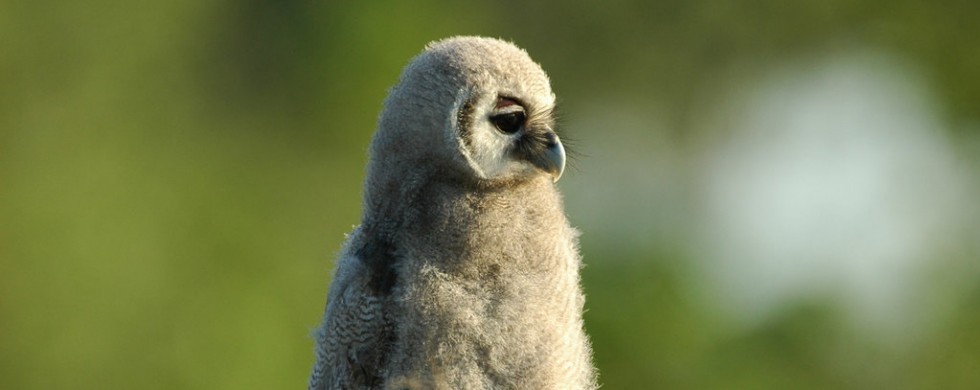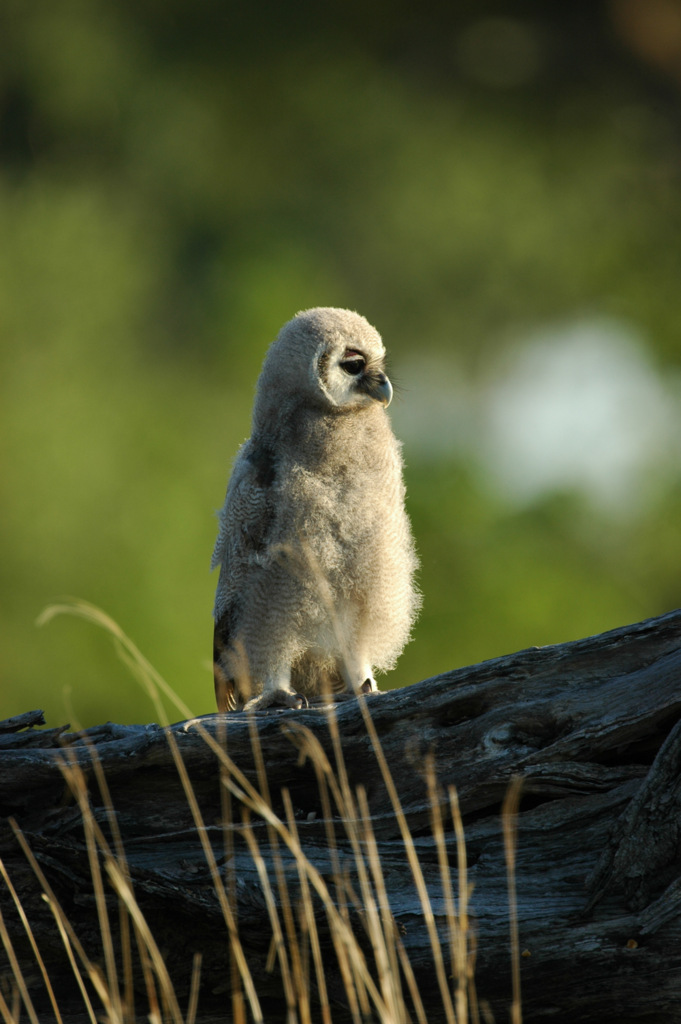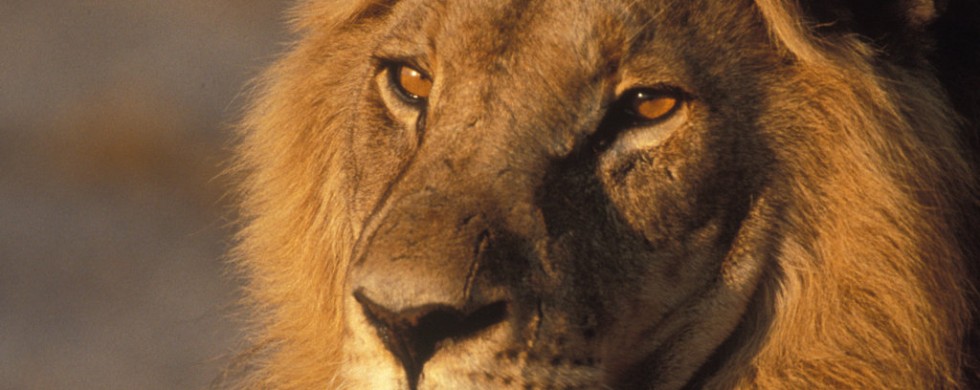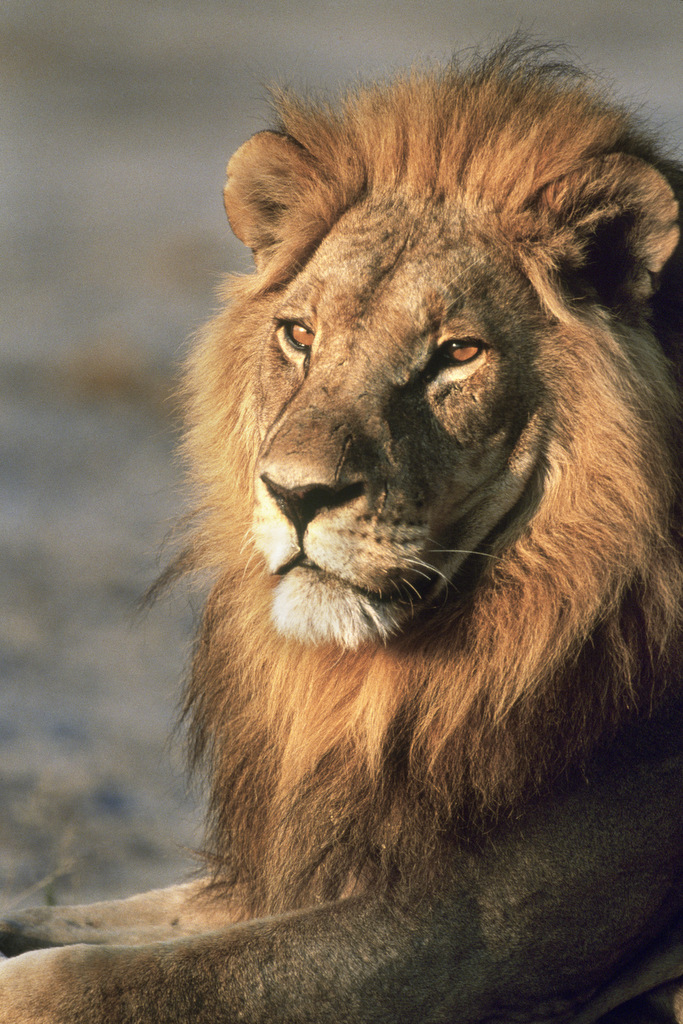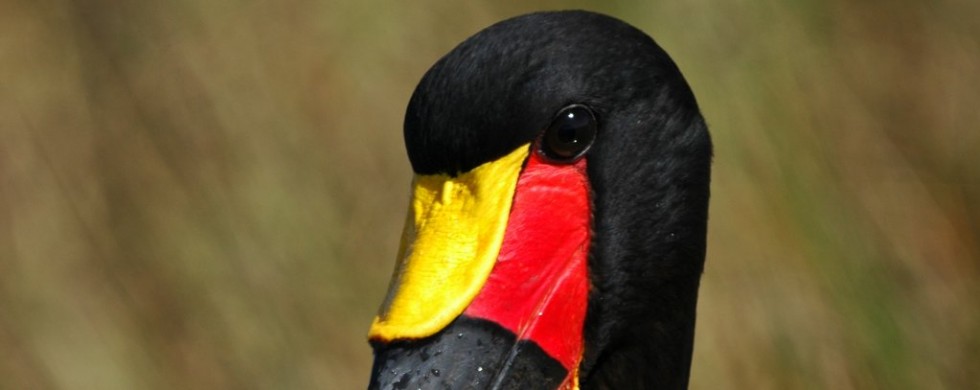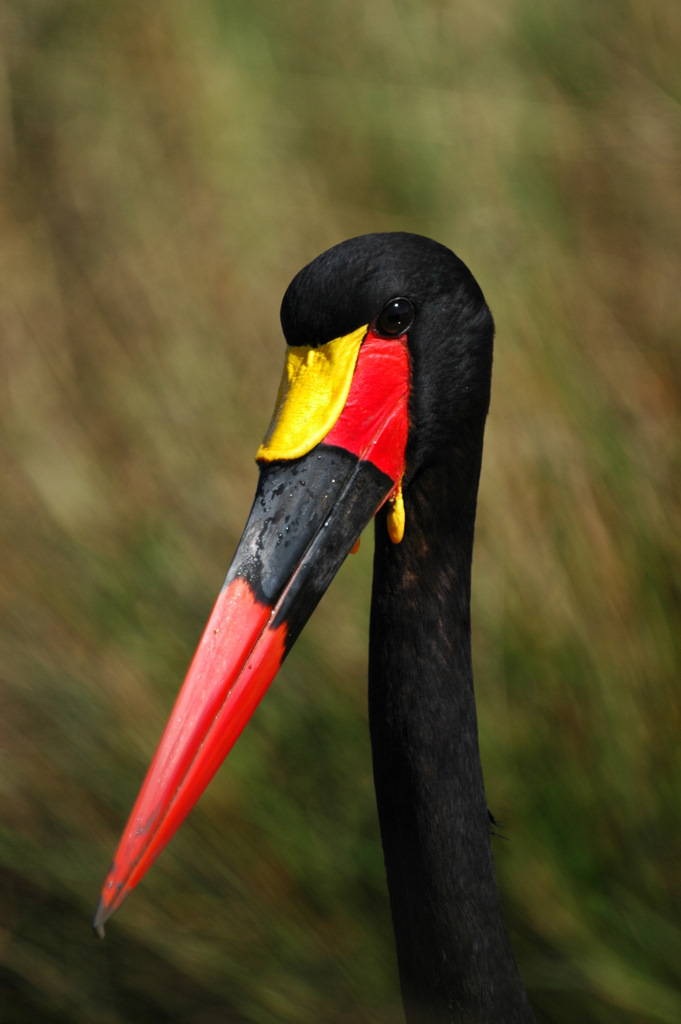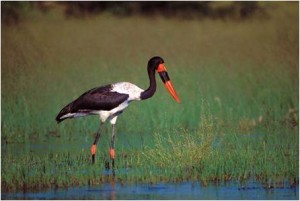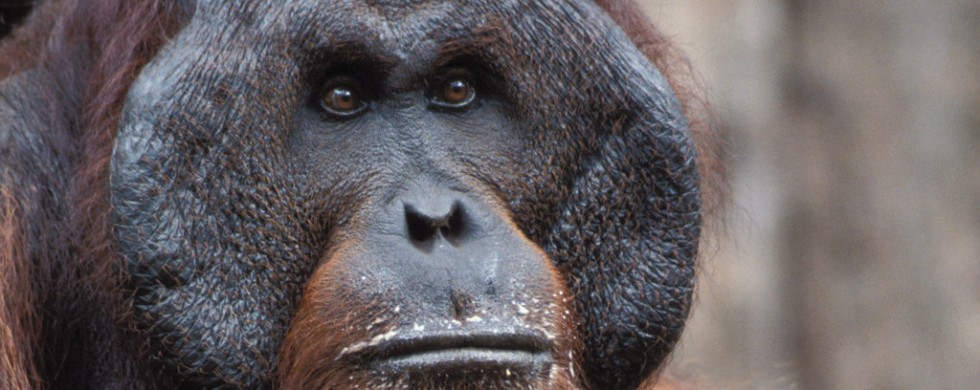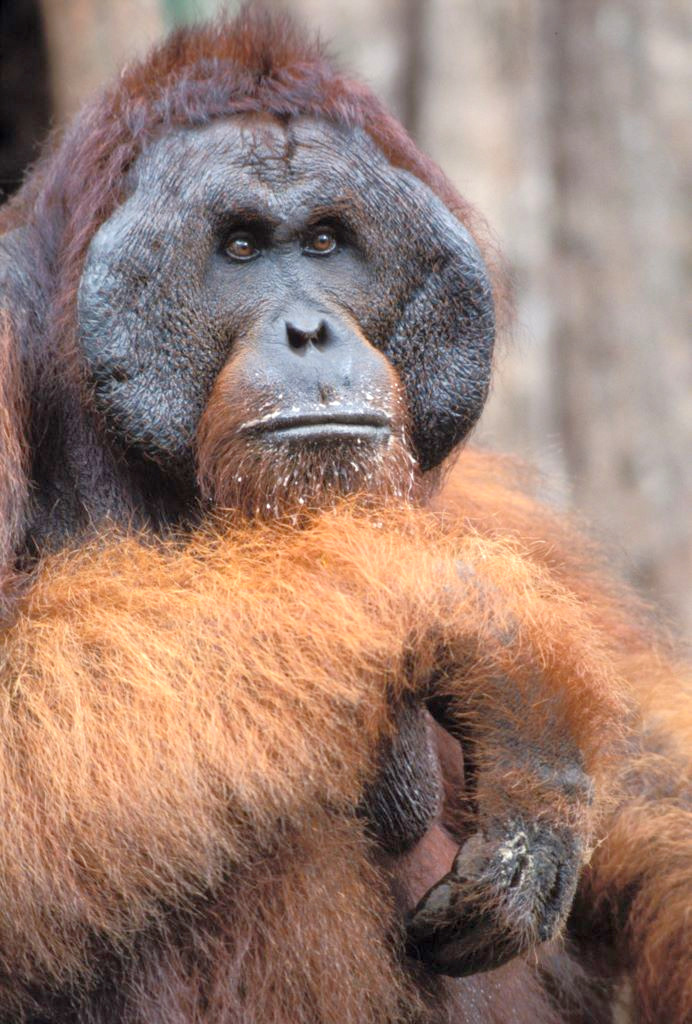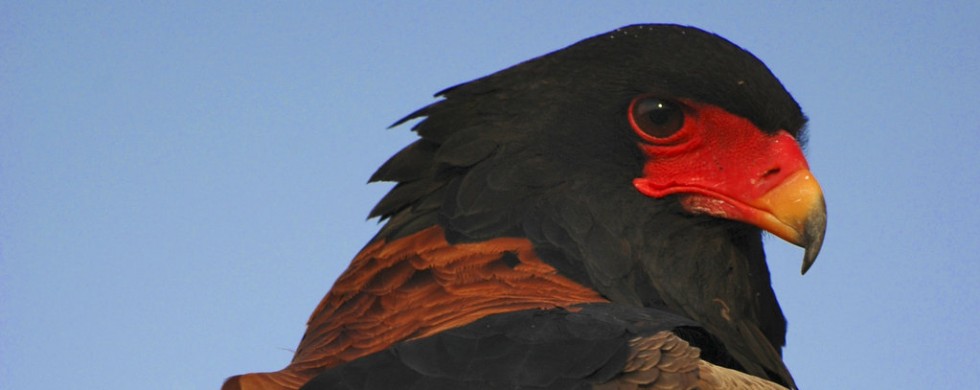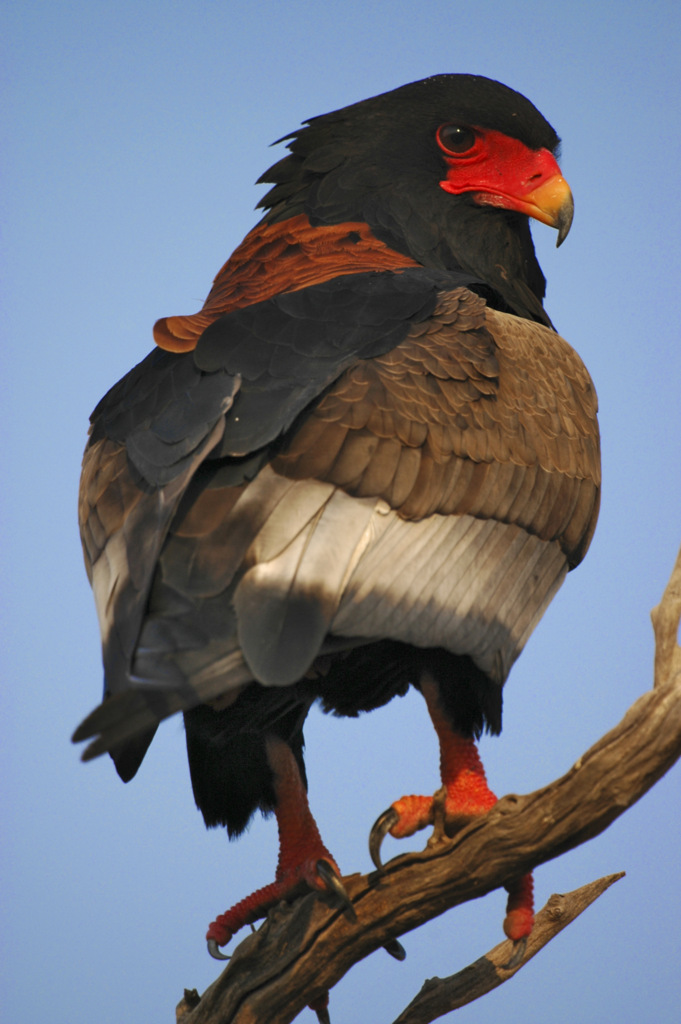15
Shot of the Month – January 2010
After only a few minutes into our morning game drive, we drove around a sharp corner and as we cleared the bend my guide slammed on the brakes. In front of us, we were startled to find a young, seemingly mesmerized owl standing on a large log.
It was like a scene out of a fairy tale. The air was cool and the morning air fresh, but still. The owl’s fuzzy down feathers were softly lit as the sun just began to rise over the horizon. The fledgling stared forward as if in deep thought or reflection.
While obviously still young, this owl was BIG. After a moment of taking this all in the questions began to cascade through my brain. What kind of owl is so big yet still so young? Why is he on a log? Why on the ground? Where are the parents? Why is he just sitting there?
I broadened my field of view to see if I could find any clues to this mystery. After a few seconds of scanning, I found two adult Giant Eagle Owls (that explains the size, they are the largest owls in Africa) high up in a nearby tree peering down at their offspring. The scene started to make sense.
This was Junior’s first flight!
He had soared down from the nest and was now on the ground trying to figure out what to do next. Our fledgling finally broke free from his meditation and turned to look up at his parents.
He opened his wings and hesitantly leapt into the air. I was startled again, this time by the width of his wing span. This was a large bird but the wing span seemed exaggerated beyond reason compared to his body size. Regardless, the motion of the wings was absolutely silent. His first effort only garnered about 6 feet and then he landed (read “crashed”) onto the trunk of a nearby tree. In parrot-like fashion, he used his beak to help climb up the tree to a higher branch. He then leapt into the air again and gained a few more feet before “landing” a bit higher in another nearby tree. He slowly zigzagged his way up to the tree where his proud parents were waiting.
What an extraordinary experience. One of my safari favorites.
A few insights from this encounter to help start the New Year:
- Get out and explore the world. (You never know what will be around the next corner)
- Wake up early. It is a magical time. (painful, yes, but magical)
- Make time to reflect (before you leap)
- Set high goals. Take small steps to reach them
- Expect a few crashes along the way, but don’t let them stop you
Happy New Year!

